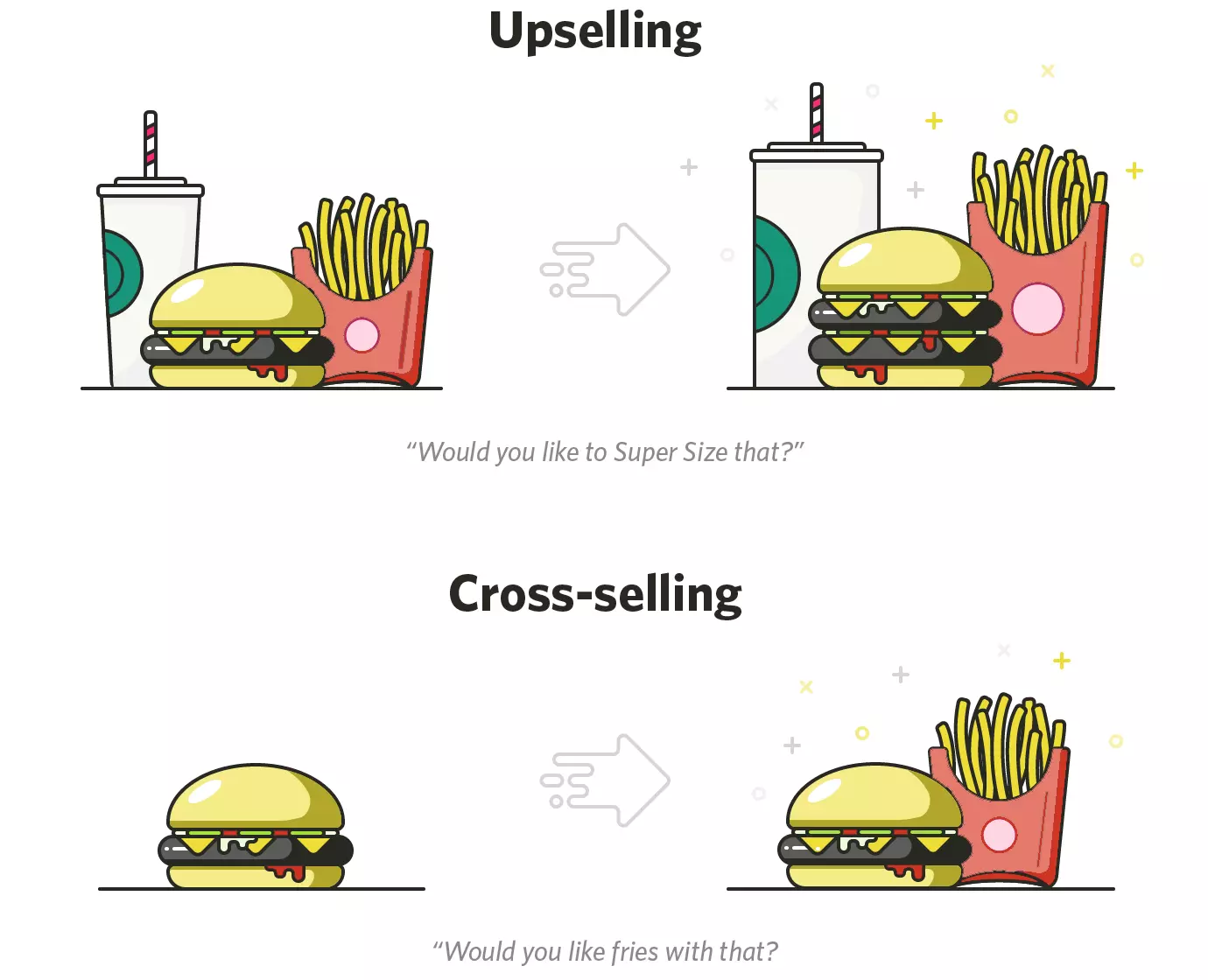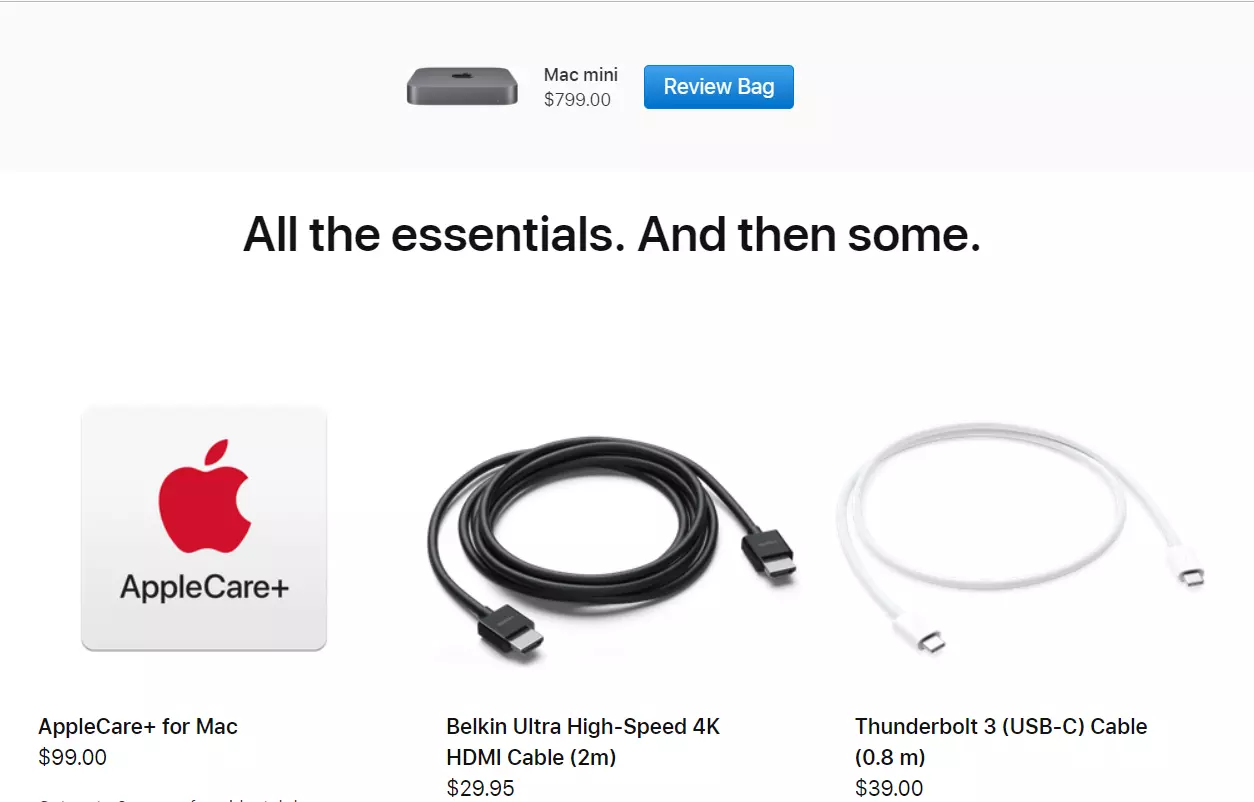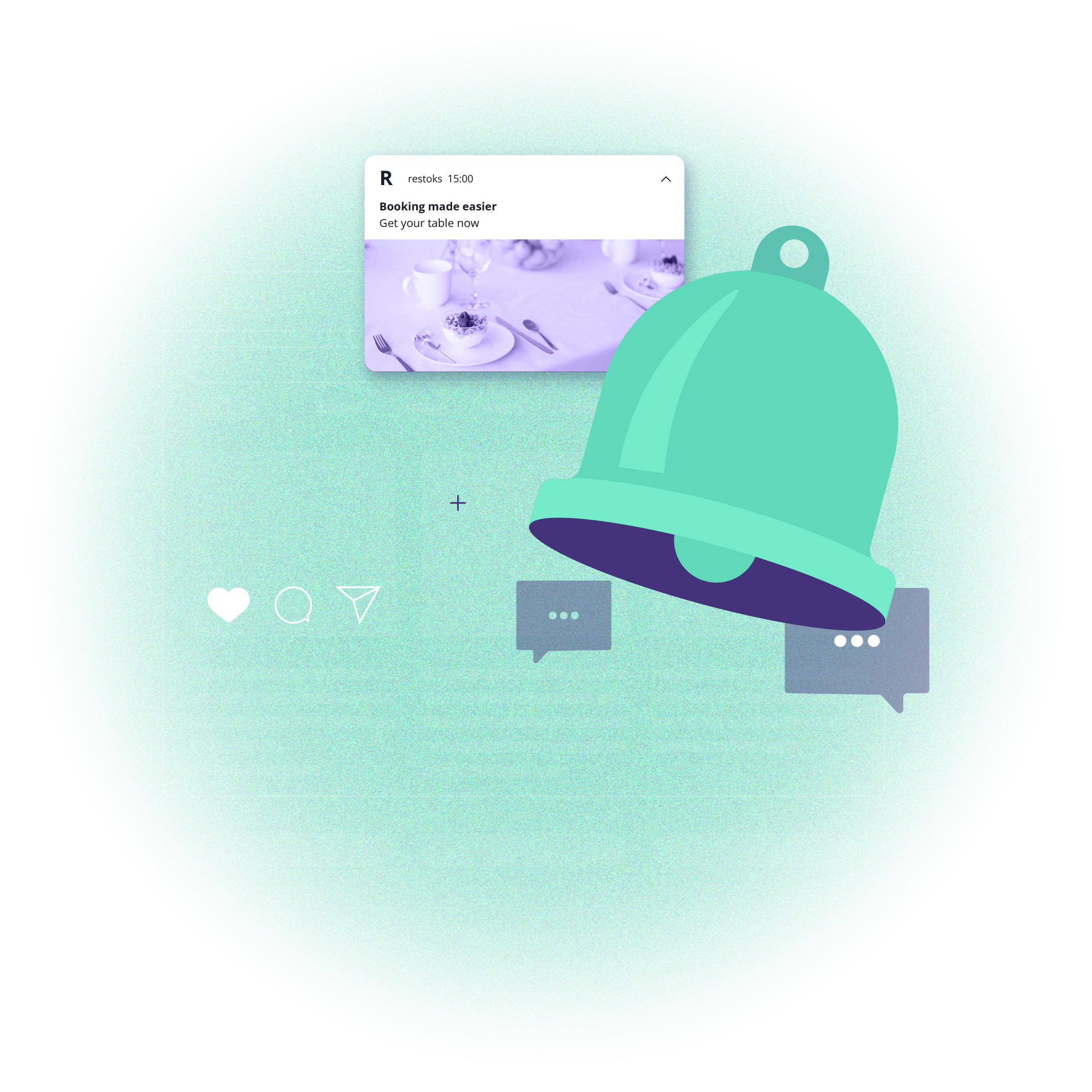Why should you spend more time thinking about cross selling?
 Aleksandra Kozioł
Aleksandra Kozioł
Why should you spend more time thinking about cross selling?
 Aleksandra Kozioł
Aleksandra Kozioł
E-commerce marketers are constantly trying to go the extra mile for clients in order to increase revenue. While competition is really fierce, standing out doesn’t come easy, and sometimes coming with amazing ideas for skyrocketing sales seems to be impossible. However, instead of reaching for the stars, it’s better to go with ideas already implemented by others, but in a better manner. No matter if you have never heard of cross-selling, or you’ve already implemented it (with no results, though) - if you want to sell more, and more wisely, this article is for you.
What is cross-selling?
Cross-selling can be defined as persuading a customer to buy an additional, complementary product alongside their primary purchase. It is a very effective sales strategy because attempting to persuade a client who is about to make a purchase (or who just has) requires little compared to initiating a completely new transaction. You will have almost certainly experienced cross-selling already in the real world, even if you didn’t realise it. For instance, if you have ordered a burger in a fast food restaurant, the cashier probably asked if you would like fries with that. That right there is cross-selling in practice, the offer of a complementary product to go with the original order. It is a different practice to upselling, which may be defined as offering an upgrade to the original purchase.

Cross-selling VS Up-selling. Source: VillaTheme
Why is cross-selling in e-commerce important?
If your business is doing well you may ask yourself if cross-selling is really necessary at all, but you should always be striving to improve. On the other hand, if you are struggling to achieve your business goals then, of course, you should be looking at how to perform better. In either case, perhaps the question to think about instead is simply “do I want an increase in sales?” If the answer is yes, and why wouldn’t it be, then it’s time to implement cross-selling in your online store.
As already alluded to in the fast food restaurant example, cross-selling, when done right, is a non-intrusive way to get a bit more return from each customer. We may not even be aware in general that it is the marketing process, so why not apply it to your business? I doubt that you were offended when the burger chain offered you fries to complement your meal, just because you had already decided on your order. Rather, you’d probably consider it a nice thought that they cared about improving your experience and possibly even gave you a discount on the supplementary product.
Studies have shown that existing customers are much easier to sell to than new prospective clients, with a success rate of 60% to 70% for the former and only 5% to 20% for the latter, according to Marketing Metrics.
Cross-selling in ecommerce is therefore highly likely to result in increased sales since there is a greater chance that a current user who is finalising or has just completed a transaction will buy a complementary product if it is offered than a new prospect will make a primary purchase. So if you are not putting cross-selling campaigns into place for your ecommerce store then you are quite simply missing out on the chance to make easier sales.

Cross-selling. Source: apple.com
Furthermore, according to the Harvard Business Review, other studies have shown that it is between five times and twenty-five times more expensive to acquire a new customer than it is to retain a current client. So why not make the most of the opportunity to build on the relationship you have with an existing customer by following up on their most recent purchase by offering them another product that complements it well? After all, these existing customers are known, says Bain & Company, to spend more and, according to Smile.io, to purchase more frequently. These all sound like the perfect opportunities to benefit from the power of cross-selling to customers in your online store who are about to finish making a purchase or have recently completed the transaction.
Number speak for themselves. Cross-selling campaigns can help a lot with improving your sales results and getting to know your clients and their shopping habits just better.
Out-of-the-box approach to cross-selling
While one of the most popular ways of implementing cross-selling is a simple recommendation displayed below the cart or during the purchase. However, it may not win enough of clients’ attention, leaving your cross-selling efforts in vain.
You need to think and act outside the box - give web push notification a go. For example, when your client is about to complete a purchase, you can send them a web push notification with a gentle message to encourage them to add some more products to the cart. They already added a great pair of shoes and are ready to seal the deal? Send them a web push notification with a special offer for a shoe brush or a shoe cleaning kit.
Web push notifications also work wonders for those who struggle with a lot of abandoned carts. Cross-selling can be used here to apply some extra discounts or offers on what has already been put in the cart. Who would resist a non-intrusive pop-up saying that the cheapest item in the cart is free? Try it out in your e-commerce strategy.

Test cross-selling with push notifications to generate more revenue!
Hopefully, you have learned something from this article about cross-selling and why it should be integrated into your business strategy to boost your sales revenue. To put it bluntly, cross-selling is a great tactic that you shouldn’t miss out on for encouraging customers to make extra purchases to complement the product that they originally came for. If you don’t implement cross-selling at all, you are quite simply leaving an extra revenue stream untapped.

Content Specialist @PushPushGo
Editor and writer. She is interested in media and new technologies.




